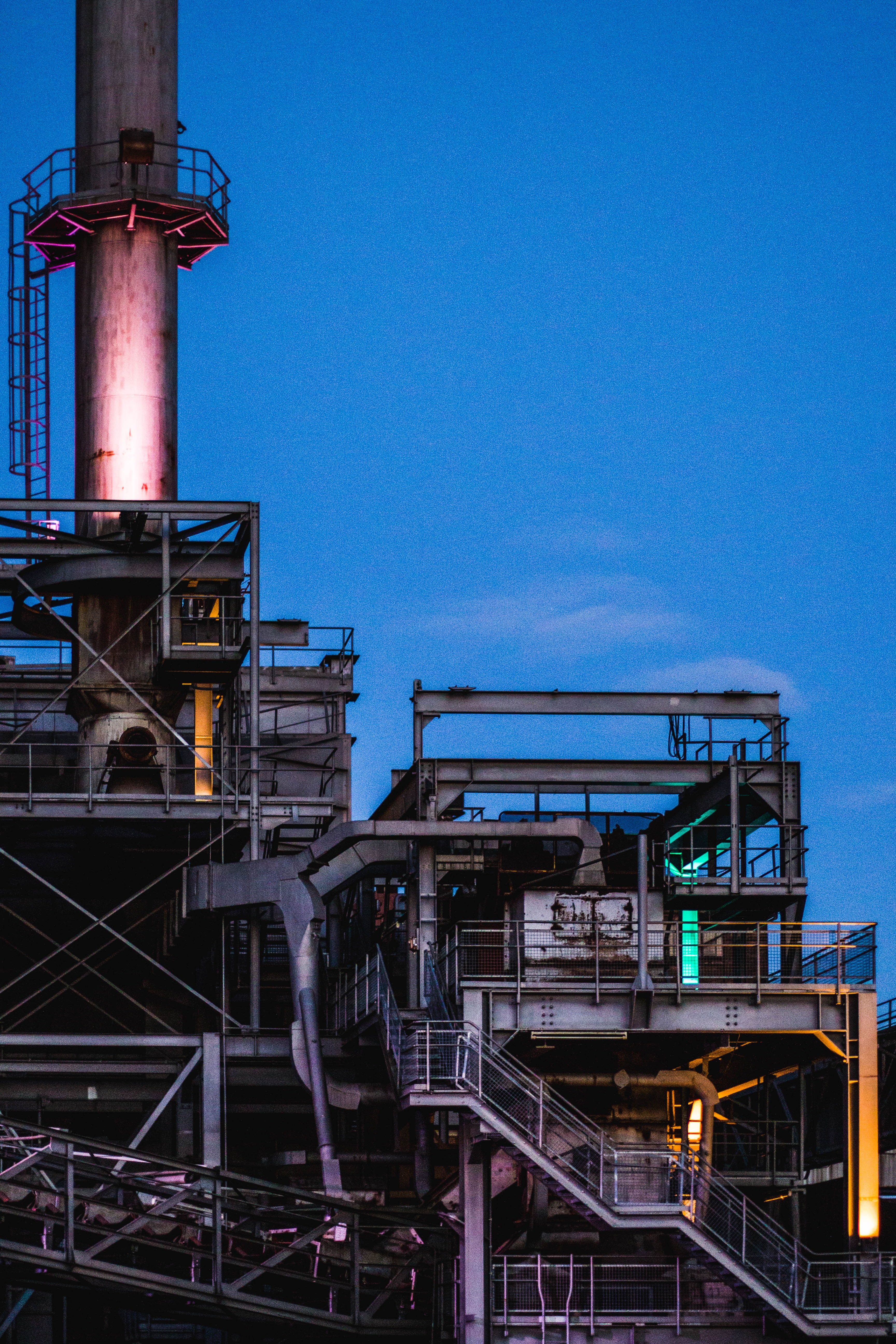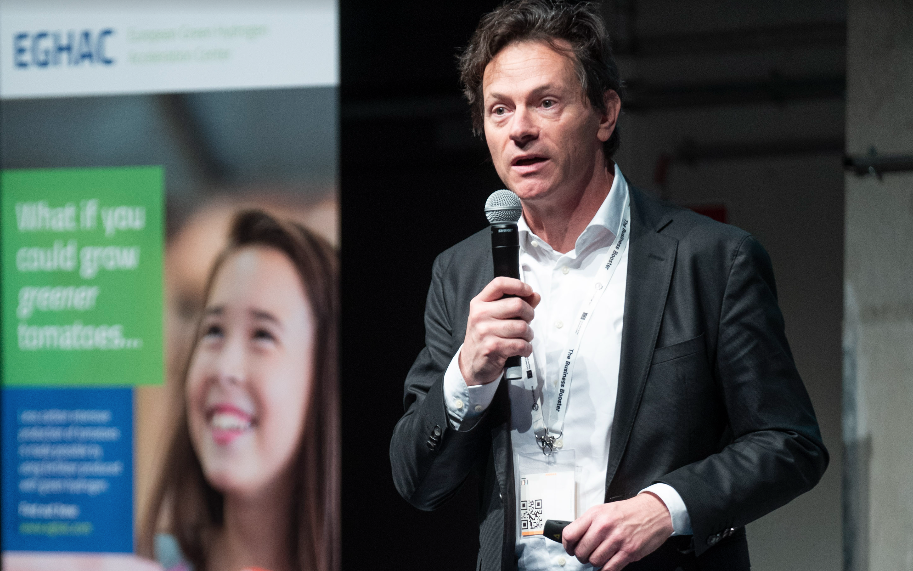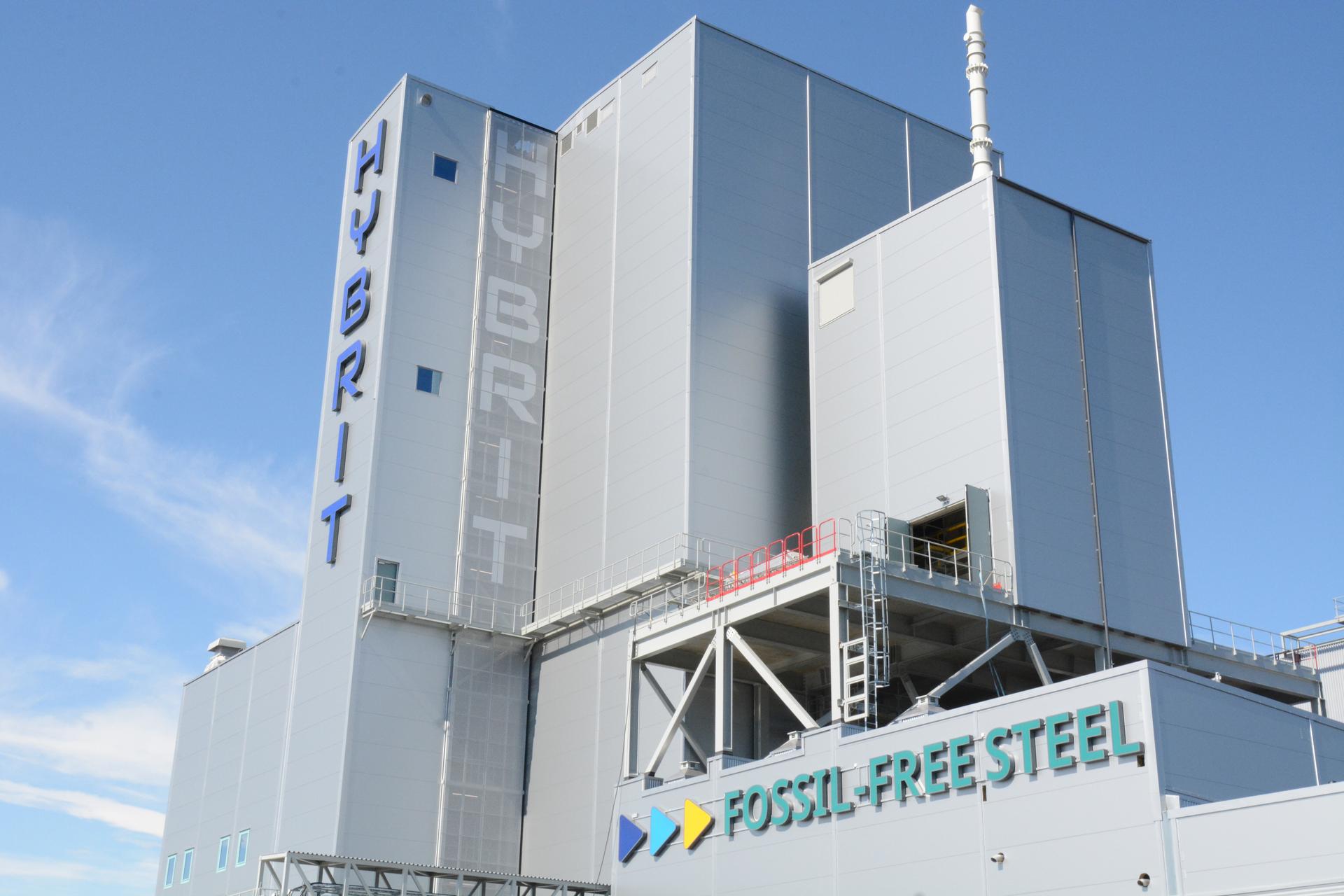
The steel industry, responsible for 8% of global emissions, is transitioning to green steel production, driven by innovative technologies and EU policies. European steel producers, represented by EUROFER, aim for sustainable development while fulfilling the EU’s renewable energy targets. The steel industry already plays a significant role in recycling, saving 132 million tonnes of CO2 annually. Decarbonization projects are set to reduce emissions by over 30% by 2030 compared to 2018. However, challenges remain, including access to affordable fossil-free energy, EU policy support, and global competitiveness.
EUROFER: A key player in the green steel transition
Established in 1976, EUROFER represents all European steel producers and covers the entire spectrum of steel production across 22 countries. The association’s mission is to ensure the sustainable development of the steel sector in the European Union. Steel is essential to clean technologies such as wind turbines and electric vehicles, making the green steel transition a top priority for EUROFER.

To achieve this, the European steel industry has set ambitious goals to cut carbon emissions by 55% by 2030 and reach climate neutrality by 2050. This requires a range of initiatives, including decarbonization projects, increased recycling, and the development of innovative green steel production methods.
Green steel production methods: Hydrogen-based and electrification
Hydrogen-based green steel manufacturing involves replacing coking coal with hydrogen in the production process, resulting in water vapor emissions instead of CO2. One example of this approach is the HYBRIT pilot project in Sweden, a collaboration between SSAB, LKAB, and Vattenfall, to achieve fossil-free steel production by 2026.

Electrification, another green steel production method, uses renewable electricity to eliminate coking coal from the process. The H2 Green Steel project in Sweden plans to produce 5 million tonnes of steel per year with 50% lower emissions than traditional methods.
Challenges and policy support for the green steel transition
Despite the potential benefits of green steel, there are challenges to overcome, including high costs, infrastructure development, and policy support. Green steel production is currently more expensive than traditional methods, and investment in infrastructure, such as hydrogen production facilities and electrification, is needed.
Government support is crucial for facilitating the transition to green steel. Examples of policy support include the EU taxonomy, the EU Emissions Trading System (ETS), and the carbon border adjustment mechanism (CBAM). The EU taxonomy helps identify sustainable economic activities, the EU ETS puts a price on carbon emissions, and the CBAM ensures fair competition between EU and non-EU companies, preventing carbon leakage.
GravitHy
Collaboration between industry, governments, and investors is key to achieving the green steel transition. Adair Turner, Chairman of the Energy Transitions Commission, emphasizes the need for everyone to work together, creating the right framework and incentives. Global cooperation and knowledge sharing can accelerate the development and adoption of green steel technologies.
To break through, EIT InnoEnergy took the initiative for the European Green Hydrogen Acceleration Center (EGHAC). After already being involved in the initial set-up of H2 Green Steel, EGHAC has recently founded GravitHy. With this sustainable iron and steel company in southern France, EIT InnoEnergy and its partners want to offer proof of the model’s viability. Founding shareholders are, next to EIT InnoEnergy, Engie New Ventures, FORVIA, GROUPE IDEC, Plug, and Primetals Technologies. The project aims to mobilize €2.2 billion in investments. The plant in Fos Sur Mer should be fully operational by 2027 and aims to produce two million tons of Direct Reduced Iron (DRI) annually and create over 3,000 direct and indirect jobs for the region.
Forging a sustainable future with green steel
Green steel is essential for reaching net-zero targets and reducing global CO2 emissions. With innovative production methods, supportive policies, and global cooperation, the transition to green steel can benefit both the climate and the economy. The European steel industry’s ambitious goals and collaborative efforts set a strong example for other regions, paving the way for a sustainable future built on green steel.

